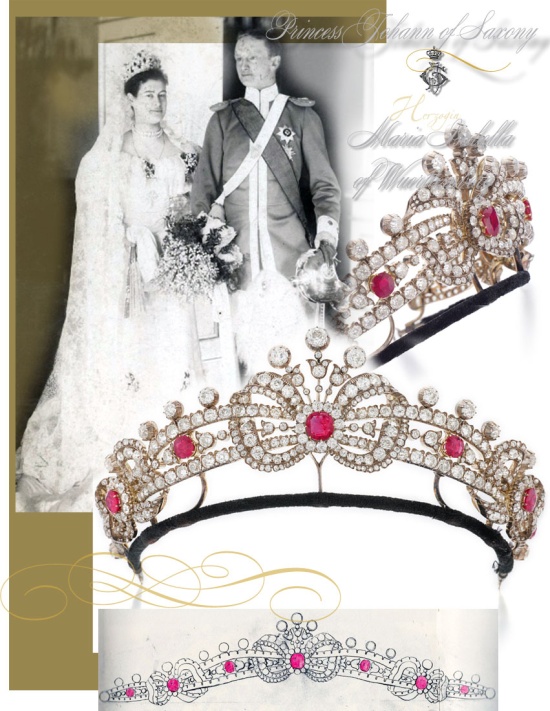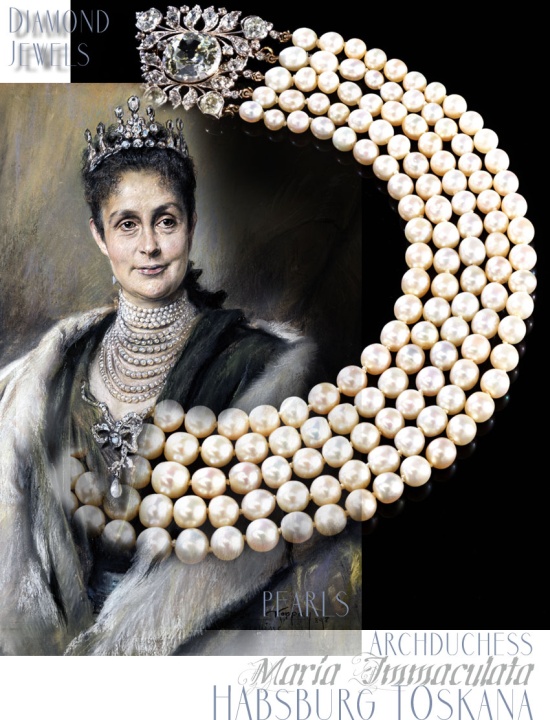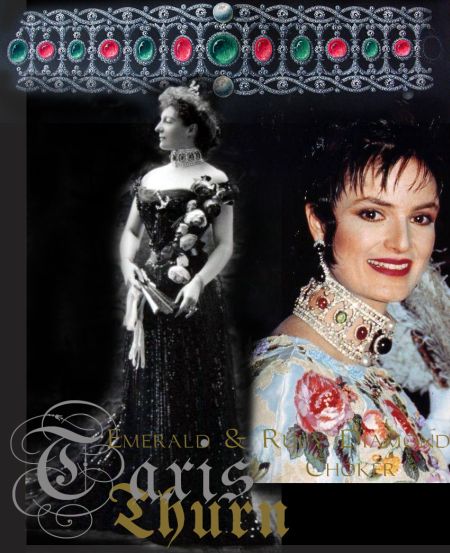
Archiv der Kategorie: Austria | Österreich | Habsburg Imperial and Royal
Das Haus Habsburg, auch als Haus Hapsburg bekannt, war eine der bedeutendsten königlichen Dynastien in Europa und spielte eine entscheidende Rolle in der Geschichte Österreichs und Ungarns. Die Habsburger stiegen im Laufe der Jahrhunderte zu einer der mächtigsten königlichen Familien auf und regierten über das Austro-Hungarian Empire, das auch als Donaumonarchie bekannt war.
austria archduke wedding, imperial weddings;archduchess wedding;
Die Geschichte des Hauses Habsburg reicht bis ins Mittelalter zurück, und es war vor allem die Hochzeit von Maximilian I. mit Maria von Burgund im Jahr 1477, die den Grundstein für die Ausdehnung des Habsburger Reiches legte. Unter Kaiser Karl V. erreichte das Habsburgerreich seine größte territoriale Ausdehnung, und es erstreckte sich über weite Teile Europas.
Die Habsburger waren nicht nur Monarchen, sondern auch wichtige Förderer der Künste und der Wissenschaften. Wien, die Hauptstadt des Habsburgerreiches, wurde zu einem Zentrum der Kultur und des intellektuellen Lebens. Der Wiener Hof, auch bekannt als der „Imperiale Hof“, war berühmt für seine Pracht und seinen Glanz.
Zu den prominenten Mitgliedern des Hauses Habsburg gehörten Erzherzöge und Erzherzoginnen, Kaiser und Kaiserinnen von Österreich und Ungarn. Die bekanntesten darunter sind Kaiserin Maria Theresia und Kaiser Franz Joseph I. sowie seine Frau Kaiserin Elisabeth, auch als „Sisi“ bekannt.
Die Habsburger trugen auch eine beeindruckende Sammlung von königlichem Schmuck, zusammen, in der Schatzkammer ist, noch ein kleiner Teil davon zu sehen . Diese wertvollen Schätze waren Zeugen der Pracht und des Reichtums der Habsburgermonarchie.
Die Geschichte der Habsburger endete mit dem Zusammenbruch des Austro-Hungarian Empire nach dem Ersten Weltkrieg. Die Monarchie wurde abgeschafft, und die Habsburger gingen ins Exil. Dennoch bleibt ihr Erbe in Österreich und Ungarn bis heute lebendig, und ihre Geschichte ist eng mit der Geschichte dieser Länder verknüpft.
Es gab auch eine bemerkenswerte königliche Hochzeit im Hause Habsburg, als Erzherzog Karl von Österreich und Prinzessin Zita von Bourbon-Parma heirateten. Dieses Ereignis war von großer Bedeutung für die Dynastie und markierte einen wichtigen Moment in der Geschichte der Habsburger.
Insgesamt ist das Haus Habsburg ein faszinierendes Kapitel in der Geschichte von Österreich und Ungarn, das mit Kaiserinnen, Kaisern, königlichem Schmuck und einer reichen monarchischen Tradition verbunden ist.Austria Österreich Habsburg Hapsburg Oesterreich Erzherzog Erzherzogin Royal Jewellery & Aristocratic Jewels Imperial Court Royalty Donaumonarchie,Archduke of Austria, Archduchess of Austria, Kaiser, Kaiserin von Österreich, Ungarn, Donaumonarchie,Vienna court,Wien, Monarchy, Imperialer Hof, Haus Habsburg, austro-hungarian empire, austrian hungarian empire,
emperorofaustria empressofaustria zitaofbourbonparma habsburg bourbonparma emperor empress austriahungary kaiserinzita kaiserkarl royal royals monarchy houseofhabsburg houseofbourbonparma austria royalfamily royalwedding royalbride monarchia, Viennese jewellery ateliers Köchert, Emil Biedermann and Moritz Hübner; imperoaustroungarico österreich royalwedding royals royalty realeza archduke archduchess of Austria, Erzherzogin von Österreich,Mariage d’Autriche; Mariage d‘ archiduchesse d’Autriche; royal wedding archduke, imperial wedding archduke, imperial wedding austria Archduchess. sotheby’s jewels imperial royal court Vienna 1900: An Imperial and Royal Collection magnificent ceremonial court jewels worn by the women of Europe’s elite and royal families “Presented together, their superior craftsmanship and exquisite design brilliantly showcase the style and grandeur of the Habsburg court and permit us a rich and fascinating glimpse into the private lives of these European ruling houses when the court of Vienna was at its most powerful and opulent.”
Le Trésor impérial Vienne, Bijoux de la Vienne impériale |Les joyaux royaux viennois
bijoux de la autrich impériale| L’imposant diadème | Joyaux de l’empire d’Autriche| diadème de archiduchesse d’autriche
Princess Johann of Saxony , Duchess Isabella of Wuerttemberg – Herzogin von Sachsen| Impressive Ruby and Diamond tiara ca 1896

The first wife of Prinz Johann Georg von Sachsen – Herzogin Maria Isabella von Württemberg on her wedding day.

This magnificent piece was subsequently passed down to her nephew, Albrecht Eugen, Duke of Württemberg (1895-1954).
Above we see his daughter, Duchess Sophie of Württemberg wearing the tiara in the 1960s and she wore it again in the 1990s.
It will be offered from Sotheby’s, at auction in the year 2023 „Vienna 1900 An Imperial and Royal Collection“ at Geneve.
It was sold for 762,000 CHF
Princess Maria Immaculata of Bourbon-Two Sicilies, Archduchess of Austria-Tuscany | Five row famous pearl necklace | Imperial Pearls
The royal and imperial collection resurfaces, astonishingly pristine and with all its pieces in their original design, for the first time in nearly a century, having only been recently discovered hidden away in a bank vault.


5 row pearl strings collier necklace Herzogin von Württemberg, Erzherzogin von Österreich Toskana
The Queen Elizabeth II Brooch|Bridesmaid Aquamarine and Diamond Brooch1934
When she was bridesmaid in 1934 on the wedding of Princess Marina of Greece and Prince Georg of Great Britain, the Duke and Duchess of Kent.
The bridesmaids, in white crêpe marocain, were all wearing the dainty brooches, with the initial of the bride M+G
and bridegroom entwined, that had been the bridegroom’s gift, to them, and white bandeau.

Lady Mary Cambridge;
Princess Elisabeth of York, later Queen Elizabeth II;
Princess Iris of Mountbatten
Princess Juliana of the Netherlands;

Grand Duchess Kira of Russia;
Princess Eugenie of Greece
Princess Catherine of Greece
Princess Irene of Greece
Hochzeit und Trauung| Prinzessin Marina | Kent Jewels |Royal Wedding, the royal Bride Marina
Ruby Wedding Gifts | Jewels Duchess of Kent | Rubin Schmuck der Herzogin von Kent
Hochzeitsgeschenke Prinzessin Marina | Kent Royal Jewels | Royal Wedding and the Gifts
Diamond Sautoir Royal Wedding Gifts | Jewels | Ruby Bracelet | Marina Duchess of Kent
Diamond Fringe Kokoshnik Tiara | Kent Royal Marriage Presents | Diamond Rivière
Kent Diamond Fringe Kokoshnik Tiara | Royal Wedding Lady Gabriella Windsor|Royal Jewels Duchess of Kent
Marina Herzogin von Kent | Kent Royal Jewels | The Engagement Ring and Wedding rings
Diamond Fringe with Pearls Tiara | Royal Marriage Presents | Diamond Bracelet
Romanov Diamond Girandoles from the Duchess of Kent | Royal Imperial Jewels
Diamond and Pearl Scroll Tiara Bandeau Necklace | Romanov Jewel |Imperial Marriage Present
Grossen Perlentropfen Romanoff | Kent Royal Jewels | Pearshaped Pearls of Grand Duchess Vladimir
Art Deco Diamond Bandeau Tiara wedding gift from the Duke of Kent Royal Jewel History
Margeriten Blumenbroschen Duchess Marina | Kent Royal Jewels | The Diamond Daisy Brooches
Smaragd-Brosche Kent |Royal Jewel History| The Argyll -Emerald Brooch
Smaragd-Brosche Herzogin von Kent| Katherine Duchess of Kent |The Argyll -Emerald Brooch
Diamantsterne Broschen und Haarschmuck| Kent Royal Jewels | The Diamond Stars
Smaragd der Herzogin von Agryll |Royal Historic Jewelry Princess Louise Duchess of Argyll
Kent Aquamarin Diadem | Königlicher Schmuck |Royal Historic Jewels | Kent Tiara with Aquamarines
Pearl Necklace and Pearl Brooch Royal Engagement | Royal Betrothal Marina Duchess of Kent
Pearl Necklace Royal Engagement Princess Marina of Greece| Royal Betrothal Duchess of Kent
Royal Engagement Ring | Sapphire Diamond Cartier Ring| Marina Duchess of Kent
Kent Pearl and Diamond Fringe Kokoshnik Tiara| Royal Spike Diadem |Royal Jewels Katherine Duchess of Kent
Queen Mary Sapphire Diamond Brooch |Marina Duchess of Kent rectangle sapphire and two diamonds brooch |Sapphire clasp pearl necklace Princess Michael
Pearl Necklace and Pearl Brooch Royal Engagement | Royal Betrothal Marina Duchess of Kent
Pearl Necklace Royal Engagement Princess Marina of Greece| Royal Betrothal Duchess of Kent
Royal Engagement Ring | Sapphire Diamond Cartier Ring| Marina Duchess of Kent
Kent Pearl and Diamond Fringe Kokoshnik Tiara| Royal Spike Diadem |Royal Jewels Katherine Duchess of Kent
Heidi Horten Important Jewels| Extraordinary Emerald and Diamond Necklace rectangular-shaped emerald 68.13ct Harry Winston| Royal Jewel History Famous Jewellery
Emeralds from the Sultan Abdul Hamid -Cartier-the Maharaja of Nawanagar -Princess Anastasia of Greece -Harry Winston to Mrs Heidi Horten
Muzo emeralds are found in the Muzo mines of Colombia.

The journey of the Sultan’s collection of muzo emeralds from its origins in the Ottoman Empire to its current place in the possession of Mrs. Heidi Horten has been a long and fascinating one. The emerald was initially part of a collection owned by Abdul Hamid II, the last sultan of the Ottoman Empire. When the sultan was forced to abdicate in 1909, his collection of gems was sold at auction in Paris, and his emeralds were purchased by Cartier.
Over the years, the emerald changed hands several times, eventually ending up in the possession of Harry Winston. In 1959, Winston purchased a collection of 17 emeralds from the Maharaja of Nawanagar, six of which were used to create a necklace that included the Sultan’s emerald.

The necklace, which also included pear-shaped and round diamonds, was valued at one and a half million dollars at the time of its creation. Although several potential buyers expressed interest, only one South American seriously negotiated for it, but he ultimately decided to invest his money elsewhere.

The necklace was eventually sold to a European connoisseur, who had it mounted in its current form.
Mr. Horten later purchased the necklace for his wife, who wore it until her death in 2022. Now, the necklace is set to be offered at auction at Christie’s in Geneva in May 2023.
The story of the Sultan’s emeralds is a testament to the enduring appeal of rare and beautiful gems. Despite changing hands many times over the years, the necklace has remained a coveted piece of jewelry, admired for its exquisite craftsmanship and timeless elegance.
For the details of the history:::
Heidi Horten Important Jewels |The Sunrise Ruby – the world most expensive ruby|Cartier Diamond Ring| Royal Jewel History
Heidi Horten Important Jewels| Famous Diamond Briolette The Briolette of India Diamond
Mr Horten’s jewel presents to his wife:
Heidi Horten Important Jewels | The Briolette of India Diamond and Necklace |Briolette-cut diamond of 90.38ct

Heidi Horten Jewels | Three Strand Natural Pearl Necklace by Harry Winston with cushion shaped pink diamond clasp of 11 carats

Heidi Horten Important Jewels | The Great Mughal emerald and diamond necklace

The wedding gift of Mr Horten to his young wife was the extraordinary blue diamond, „the Wittelsbacher Blue Diamond“
The Wittelsbacher Blue Diamond | Royal Diamonds History
Diamant-Anhänger | Königlicher Schmuck und Juwelen |Diamanten der Wittelsbacher
Spray Brooch of Diamonds |Imperial Jewelry Empress Josephine of France| Diamant Devante de Corsage
Imperial historical jewellery

Update the website from the year 2006/2020
—

Princess Lobkowicz Wedding Jewels Köchert Tiara 1825 | Countess Eltz| Princess Schwarzenberg | Important Imperial-Royal Austria Hungary Jewel History
Emerald and Ruby Dogcollar | Diamond Choker | Collier de Chien with Diamonds, Emeralds, Rubies |Princess Margarete of Thurn und Taxis
In 1908 Fürstin Margarethe was pictured with the large diamond choker setted with 6 emerald and 6 ruby cabochons, as well as 2 pearls in the center. This dog collar was made by the workshop of Gebr Kreuter Hanau. Probably some more painted versions of the choker are presented, and the border with two similar lines of diamonds with some diamonds between are made at least.

The original sketch on top, of the important Emerald and Ruby Collier de Chien, is from the archive of the Kreuter& Co Hanau


